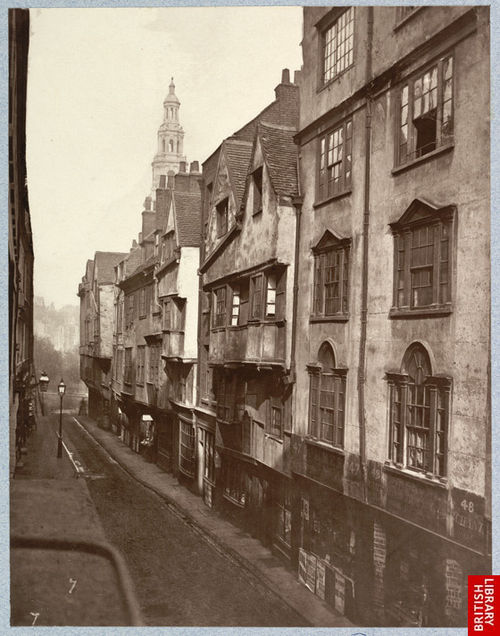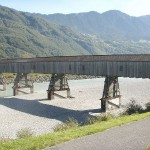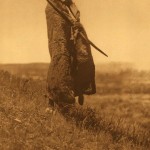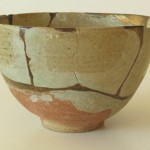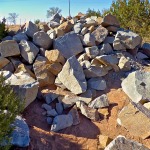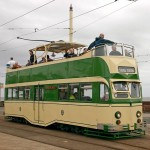“The object of the present volume is: to indicate the character and, approximately, the extent of the changes produced by human action in the physical conditions of the globe we inhabit; to point out the dangers of imprudence and the necessity of caution in all operations which, on a large scale, interfere with the spontaneous arrangements of the organic or the inorganic world; to suggest the possibility and the importance of the restoration of disturbed harmonies and the material improvement of waste and exhausted regions; and, incidentally, to illustrate the doctrine, that man is, in both kind and degree, a power of a higher order than any of the other forms of animated life, which, like him, are nourished at the table of bounteous nature.”
Quoted from: Man and nature – physical geography as modified by human action (1864). Full text online.
Found at: The evolution of the conservation movement, 1850-1920.
